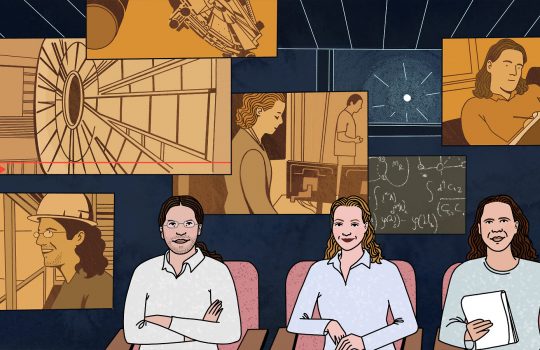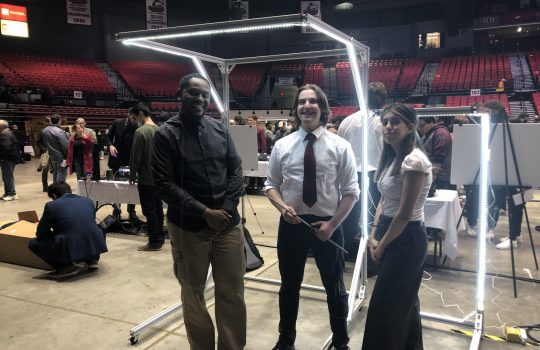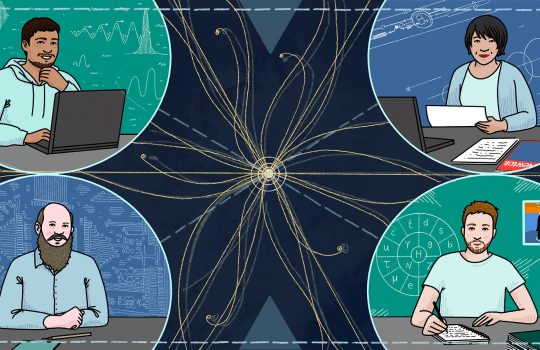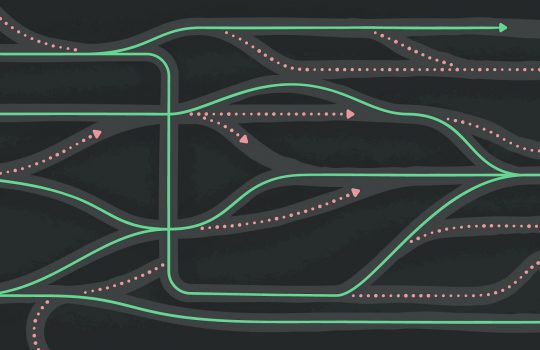Higgs boson was discovered 10 years ago. What have we learned about it since then?
From The Big Think, June 29, 2022: Fermilab’s Don Lincoln highlights the 10 year anniversary of the Higgs boson, what we have learned in the past decade and what the next ten years of research and discovery may bring.





